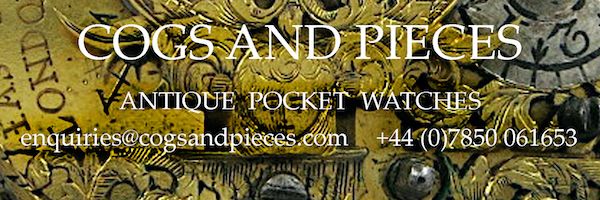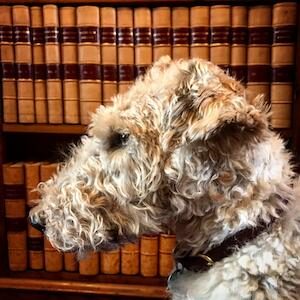Robert Seigniour (1645-1686)
Robert Siegniour was born in 1645, the younger son of George Seigniour, a Fleet Street tailor and member of the Barbar- Surgeons Company, and a man of some standing, whose house in 1638 was assessed for rents and tythes at £35 – rather more than the average for that area.
About 1660, Robert Seigniour was apprenticed to John Nicasius, and on 17th April 1667 he was ” admitted a free clockmaker, paid for his admission twenty shillings, and promised his conformity to the Orders of the Company”. In 1668 he married Ann Nicasius, presumably a relative of his former mentor, and after their marriage she adopted the christian name Sarah.
In 1671 Seigniour was called to apologise for calling the Clockmakers Company “a Company of Cheating Knaves”. He also had to justify his letter to the Master, Thomas Clayton, accusing the latter of maligning him in a coffee house. On 16th October, Seigniour was fined 29 shillings for this ” offence and scandal”, which he paid on 5th February, 1672. Presumably he made suitable amends for half the fine was returned to him.
Seigniour was again in trouble with the Company on another score. Being unable to bind any more apprentices himself, he persuaded the gullible Samuel Vernon to bind Francis Draycott apprentice on his behalf. This was sharp practice, and although Vernon was acquitted, Seigniour was fined forty shillings if he applied to bind an apprentice before the next Quarter Court. Siegniour was fined twice more for similar offences.
Soon after becoming a free Clockmaker, Seigniour set up his household and business at “The Dyall” in Exchange Alley, where he remained until his death.
His son and heir, George, was born 1670. In 1674, Seigniour clashed again with the Clockmakers Company, regarding a clock which King Charles II gave to Mrs Jane Lane after the battle of Worcester. She had given it to Seigniour to make additions to it, and Seigniour had the original maker’s name removed (Henry Jones) and his own added. Shortly after this, and rather surprisingly, Seigniour received a Royal Warrant.
The terms of this warrant required him to make and repair clocks for the King, for no payment, until the death of Edward East, when he would then continue to make and repair for the King but receive the remuneration that East had enjoyed. Siegniour was commissioned to make a clock for Charles II, for which he was paid £20, but this is the only Royal commission that can be traced.
In 1675, Dr. Robert Hooke mentions meeting Seigniour and Thomas Tompion at Garraways Coffee House.
In his later relations with the Clockmakers Company, Seigniour became very reserved, preferring to pay a large fine of £6 13s 4d rather than serve as Steward at a feast.
Seigniour died ,and was buried on 8th November 1686. In his will he provided money for his sister and her children. Other friends and relatives were bequeathed money for attending his mourning.However, James Bridgeman, one of the executors of the will declared under oath that the will may not have been Seigniour’s last will, so the ecclesiastical court which granted probate eventually reverted the estate to his son George.
Seigniour’s surviving work, some eight assorted clocks and a few watches, show the hand of a brilliant horologist. He was certainly an interesting character.
References :
Brian Loomes. Watchmakers and Clockmakers of the World (NAG Press, 2006).
Cedric Jagger. Antiquarian Horology Journal, Vol 1, p39.



